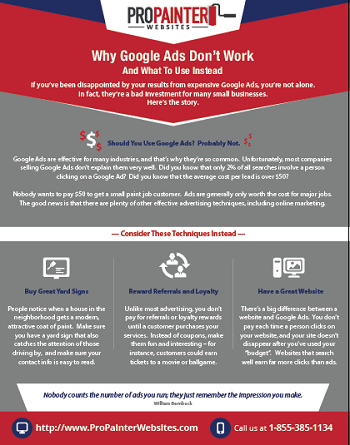Examine The Function Of Seasonal Consider The Success Of Commercial Outside Paint And Reveal The Best Times To Secure Long-Term Outcomes For Your Job
Examine The Function Of Seasonal Consider The Success Of Commercial Outside Paint And Reveal The Best Times To Secure Long-Term Outcomes For Your Job
Blog Article
Web Content Writer-Regan Rosendal
When you're planning a commercial exterior painting task, seasonal elements can make or break your results. You'll intend to think about exactly how temperature level and moisture influence paint application and drying out times. Selecting the appropriate period can guarantee your paint adheres correctly and lasts much longer. Yet which seasons are absolutely the most effective for this kind of work? Allow's check out the crucial elements that can affect your task's success.
The Influence of Temperature Level on Paint Application
When you're preparing a business exterior paint job, the temperature can substantially influence just how well the paint sticks and dries out.
Preferably, you want to repaint when temperatures range between 50 ° F and 85 ° F. If it's too cool, the paint might not treat appropriately, leading to issues like peeling or fracturing.
On the flip side, if it's as well warm, the paint can dry too rapidly, avoiding proper adhesion and resulting in an irregular finish.
business painting minneapolis mn should likewise think about the moment of day; morning or late afternoon offers cooler temperatures, which can be much more desirable.
Constantly check the supplier's recommendations for the details paint you're utilizing, as they frequently give advice on the perfect temperature level variety for optimal results.
Humidity and Its Impact on Drying Times
Temperature level isn't the only ecological factor that affects your business external painting job; humidity plays a significant role also. High moisture levels can reduce drying out times substantially, influencing the total quality of your paint job.
When the air is filled with wetness, the paint takes longer to treat, which can cause concerns like inadequate adhesion and a higher danger of mildew development. If you're repainting on an especially moist day, be prepared for extensive wait times in between coats.
It's crucial to keep an eye on regional weather and plan as necessary. Ideally, go for moisture levels in between 40% and 70% for ideal drying out.
Maintaining these factors in mind ensures your task remains on track and supplies a lasting coating.
Best Seasons for Commercial Outside Paint Projects
What's the very best time of year for your commercial outside paint jobs?
Springtime and very early autumn are normally your best choices. During these seasons, temperatures are mild, and humidity levels are typically reduced, producing optimal conditions for paint application and drying.
Avoid summertime's intense heat, which can trigger paint to dry also rapidly, leading to inadequate attachment and surface. Similarly, winter's chilly temperature levels can impede appropriate drying out and curing, risking the durability of your paint work.
Go for days with temperatures in between 50 ° F and 85 ° F for ideal outcomes. Bear in mind to check the regional weather report for rain, as wet problems can destroy your job.
Planning around these elements guarantees your paint job runs efficiently and lasts much longer.
Conclusion
In conclusion, planning your business outside painting projects around seasonal considerations can make a substantial distinction in the result. By scheduling work throughout the optimal temperature levels and moisture degrees, you'll make certain better adhesion and drying times. Bear in mind to keep an eye on local weather report and pick the right time of year-- springtime and early autumn are your best options. Taking these steps will certainly assist you achieve a resilient and specialist surface that lasts.
